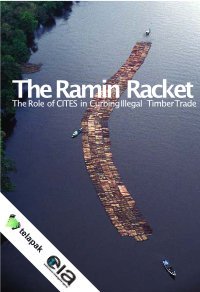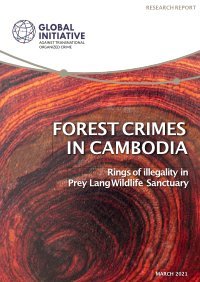By United Nations Office on Drugs and Crime (UNODC)
The present version of the Wildlife and Forest Crime Analytic Toolkit is an initial attempt to provide a comprehensive overview for understanding the main issues related to environmental offences and for analysing preventive and criminal justice responses to wildlife and forest offences in a given country. Efforts have been made to provide a framework through which measures for prevention and response can be analysed and understood as the basis for an effective national response to wildlife and forest offences. The Toolkit is designed mainly to assist government officials in wildlife and forestry administration, Customs and other relevant enforcement agencies. It will help them to conduct a comprehensive analysis of possible means and measures to protect wildlife and forests and monitor their use and thus, to identify technical assistance needs. In this sense, the Toolkit may also be used as training material for law enforcers. In addition, other stakeholders at the international and national levels, as well as civil society, may find the Toolkit useful regarding their daily responsibilities. The Toolkit can be used effectively to address (a) a wide range of wildlife and forest offences, including illegal logging and illegal trade in timber and a lack of adherence to the Convention on International Trade in Endangered Species of Wild Fauna and Flora (CITES) and, (b) the usefulness of the United Nations Convention against Transnational Organized Crime and the United Nations Convention against Corruption.
New York: United Nations, 2012. 212p,





















